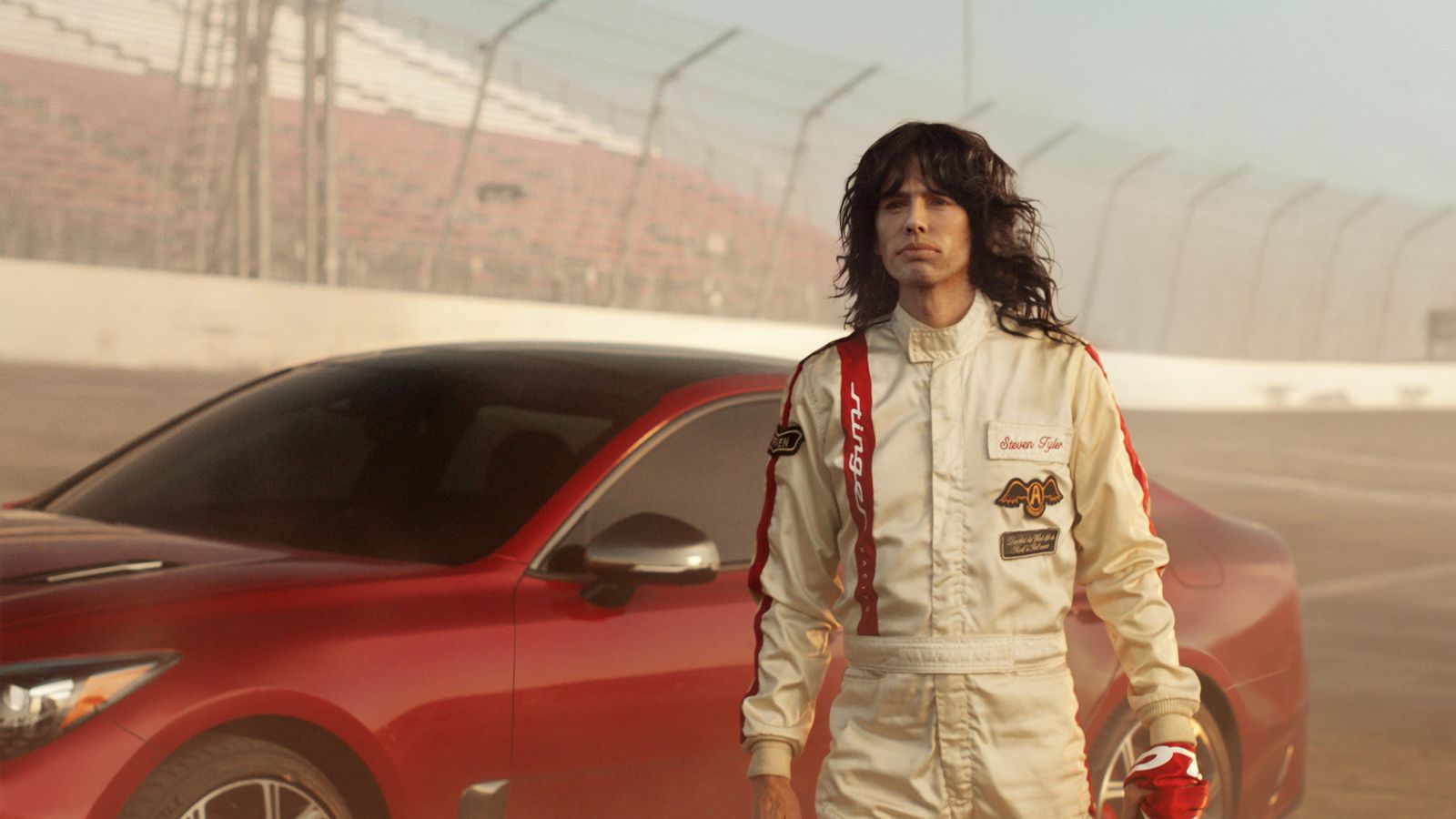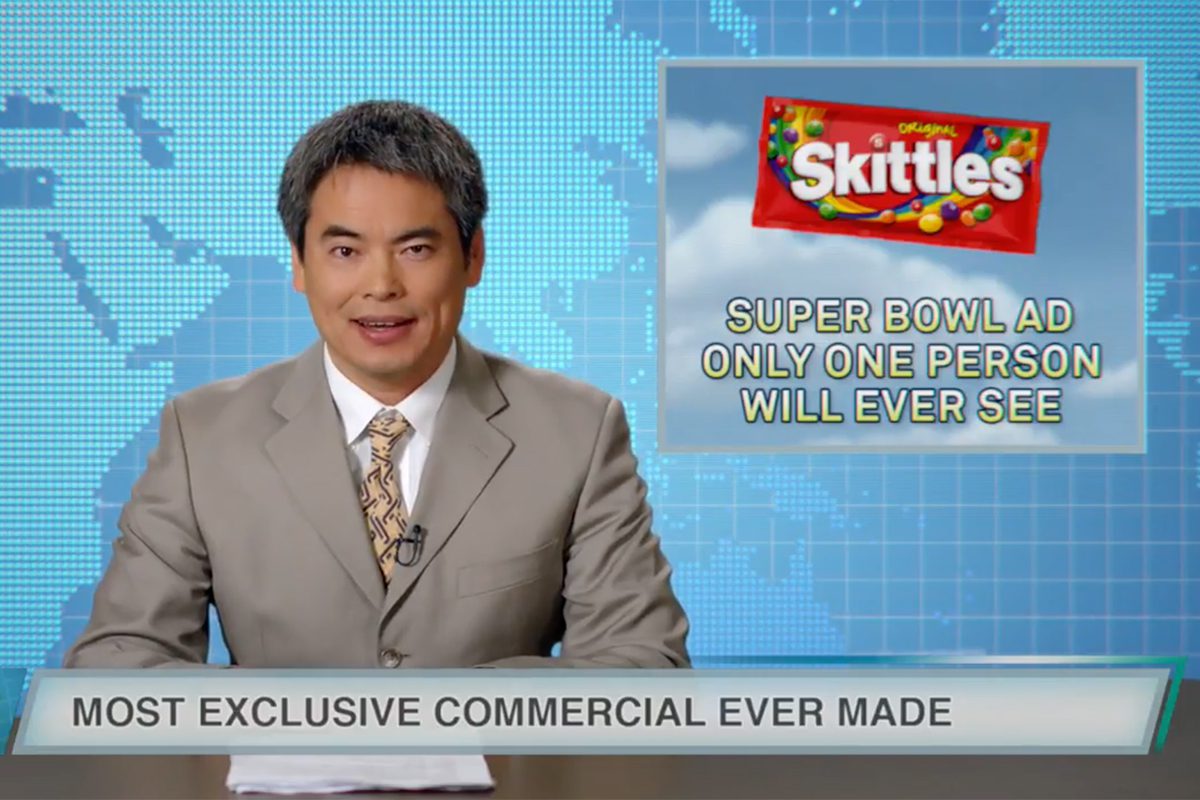The past 24 hours have been full of stories rating the Super Bowl ads. The fact that the ads are even rated at all is a testament to their power. We now treat them like movies, talking about them before the big reveal, watching trailers, and then experiencing the moment, after which we discuss how we feel about them (actually, the discuss occurs in real time now, followed by more detailed analysis). In addition to judging the ads, though, it’s also interesting to watch for trends in their format or differences in how they were unveiled in years past. Here are a few we noticed:
1. The Surprise Drop
Usually ads for movies promote releases that are months on the horizon. This year, Netflix dropped a surprise: a film, The Cloverfield Paradox, that premiered immediately after the Super Bowl. The surprise release followed an approach that musicians such as Beyoncé have employed with surprise album drops. In the words of reporter William Bibbian of IGN.com, “All of a sudden, a film most people hadn’t even heard of was now a very big deal.” But the buzz turned to disappointment after critics actually saw the movie and reviewed it. Perhaps that’s what Netflix had in mind all along: drop the movie during the Super Bowl Sunday and attract viewership before word-of-mouth reactions set in.
2. Fewer Stunts
In years past, brands have used the Super Bowl to unleash amusing stunts such as fake ads. This year, advertisers unleashed fewer stunts with the notable exception of Skittles. As we discussed on our blog, Skittles release an advertisement watched by just one person, employing a tongue-in-cheek tone that made us wonder if the ad and person were real. Well, they were. Skittles did what brands struggle to do amid the Super Bowl ad blizzard: capture attention and create conversation. Otherwise, brands focused on the content of the ads themselves.
3. Longer-Form Narrative
As noted in Business Insider, Super Bowl ads were lengthier, taking a storytelling approach that required viewers to follow storylines, such as Aerosmith’s Stevie Tyler reverse aging as he drove a Kia in reverse. Tide released a series of ads starring Stranger Things actor David Harbour, who appeared in ads mocking the concept of an ad. Apparently Super Bowl advertisers wanted to create more memorable moments during the game itself by telling stories, which might help explain why fewer brands released their ads before the game this year.
4. Measurable Performance
Automobile marketplace Cars.com announced that automotive ads generally drove viewers to Cars.com to check out the cars advertised during the game. According to Cars, the Kia Red Stinger ad resulted in a 4,053-percent spike in traffic to view the car on Cars.com. Cars.com research showed that Super Bowl ads (in the automotive industry, anyway) creature measurable results. Perhaps in the future, brands will dial up their ability to measure and even adjust advertising on the fly based on audience feedback in real-time. With digital, anything is possible.
Super Bowl ads, like Black Friday, adapt to changing times and endure the most withering criticism. The Super Bowl will always be an advertising bonanza. Businesses, though, will tweak their approaches year after year as they try to capture a reward so elusive in the digital age: our attention. For more insight into how to build your brand, contact True Interactive.

